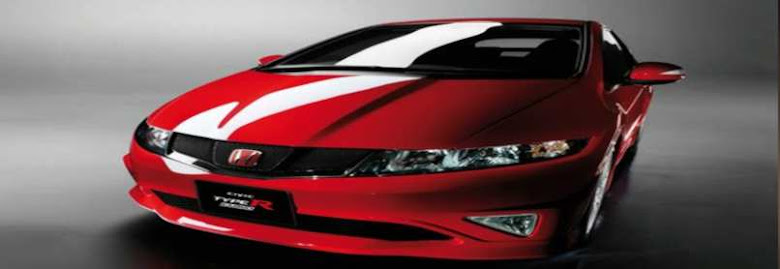 The new S 1000 RR also excels through features and qualities typical of BMW such as a long running life, superior quality of production and optimum environmental compatibility thanks to the use of the most advanced exhaust management with two fully controlled three-way catalytic converters also able to fulfil future standards and requirements.
The new S 1000 RR also excels through features and qualities typical of BMW such as a long running life, superior quality of production and optimum environmental compatibility thanks to the use of the most advanced exhaust management with two fully controlled three-way catalytic converters also able to fulfil future standards and requirements.
BMW has offered a number of engine configurations over the years, not just flat twins, so to see them have a 4-cylinder superbike is no surprise. What is strange is that they have elected to arrange those cylinders in-line, just like every Japanese superbike of the last thirty years. And having done that, they decide to style the bike unconventionally, to make it different. They will have many "options", like ABS and traction control, which will cost plenty. Sorry, but I don't see this as a marketplace winner - not enough differentiation from the norm. Maybe BMW ignored Triumph's experience with their 600 four versus their success with the 675 triple.
The problem with BMW's marketing approach on the S1000RR is that the Japanese competition can just offer ABS and Traction Control too. As I'm sure you've noticed, Honda now has a sophisticated ABS system on their 600/1000RR models for more money. The Bimmer had better outperform the Japanese in objective testing as the specs are too similar. I think Aprilia has the better idea with a V4 motor - now that's different.
Displacement: 999.00 ccm (60.96 cubic inches)
Engine Type: In-line four
Stroke: 4
Fuel System: Injection
Valves: 4 per cylinder, titanium, with individual cam followers
Fuel Control: DOHC
Engine output: 193 hp (142 kW) at 13,000 rpm
Peak Torque: 82.5 lb-ft (112 Nm) at 9,750 rpm
Dry Weight: 403.4 pounds (183.0 kg)
Wet Weight: 455..3 pounds (206.5 kg)
Power-to-weight ratio: 2.31/2.34 pounds per horsepower without/with Race ABS
Starter: Electric
Lubrication System: Dry sump
Cooling System: Liquid
Gearbox: 6-speed
Transmission type final drive: Chain
Clutch: Multiple-disc clutch in oil bath, mechanically operated
Overall length: 84.4 inches (2,145 mm)
Frame Type: Bridge-type aluminium fram, load-bearing engine
Rake (fork angle): 25.8º
Trail: 3.7 inches (95 mm)
Front suspension: Telescopic fork, Ø 43 mm
Front suspension travel: 125 mm (4.9 inches)
Rear suspension: Cast aluminium single-sided swing arm with eccentric adjustment for rear axle, central spring strut, spring pre-load hydraulically adjustable (continuously variable) at handwheel, rebound damping adjustable
Rear suspension travel: 4.9 inches (125 mm)
Front tire dimensions: 120/70-ZR17
Rear tire dimensions: 180/55-ZR17
Front brakes: Double disc. ABS
Rear brakes: Single disc. ABS
Exhaust system: Closed-loop 3-way catalytic converter, emission standard EU-3
Top speed: 124.3 mph (200.0 km/h)
Optional Dynamic Traction Control in conjunction with Race ABS. Various riding modes available at the touch of a button for wet surfaces, regular road requirements, race tracks with sports tyres and race tracks with slicks. Optional HP Gearshift Assistant for shifting up without operating the clutch and without the slightest interruption of torque and pulling power.










